By Alex Trukan
Next to the centre backs and full backs, defensive midfielder is one of the main players responsible for restricting opposition’s from creating chances and regaining possession. The role of typical defensive midfielder emerged as a response to the newly developed position of ‘number 10’ years ago. His main role was therefore to fill in the gap between defensive and midfield units and act as a defensive supporting player, whether for midfielders or defenders. Over the years, defensive midfielder evolved into a more multi-functional and complex position, which now involves many roles and responsibilities both in and out of possession as well as in transition phases.
Context of the role and starting positions
In the analysed match, the team played in a 1-4-5-1 formation with one defensive midfielder between midfield and defensive lines. At times, he was playing in line with other midfielders (block of 5), but most of the time, he was occupying spaces between the units, being responsible for the opposition number 10 as well as strikers dropping deeper (strategy often employed by the opposition).
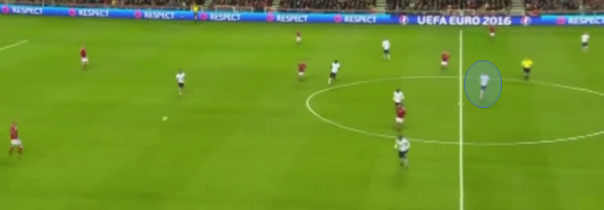
Screening and marking
As the ball is moved across the opposition back line/midfield players in possession, the role of the defensive midfielder is to screen the direct pass through other midfielders into opposition’s strikers or number 10. That gives other midfield players more opportunities to block the passes into wide areas preventing the direct pass from CB into winger and forcing them to go through full backs. As we can see below, defensive midfielder leaves the player to screen in behind him, but at the same time he is aware of his position and is able to intercept the pass if played into him.
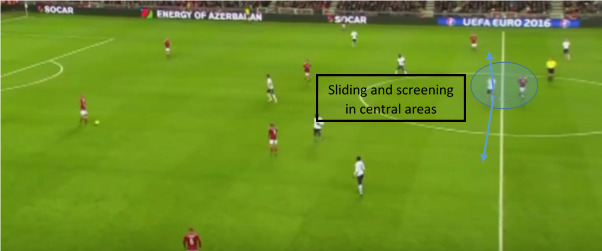
Tracking markers
If the player that is marked or screened drops deeper, the role of the defensive midfielder would be usually to follow him and mark tight. That will affect the positions of other midfield players who will need to cover him. If the opposition midfielder keeps dropping and crosses the line of the striker, the defensive midfielder would leave him and pass him on to the striker who will be responsible for marking and applying the pressure.
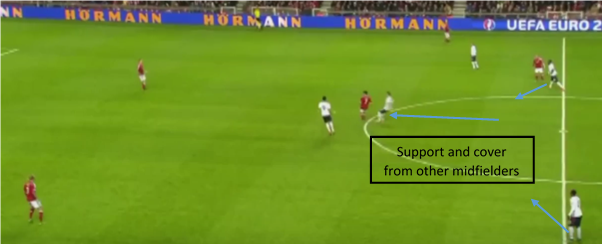
Forming a triangle with two centre backs
When the ball is in the defending third of the pitch, around own penalty box, the defensive midfielder should prioritise spaces and protect the zone 14 by forming a triangle with two centre backs and working as a unit. As the ball is moved in front of the penalty box, the defensive midfielder will remain between the ball and the goal. At the same time, he also prevents the opposition striker from dropping into spaces in front of the centre backs.
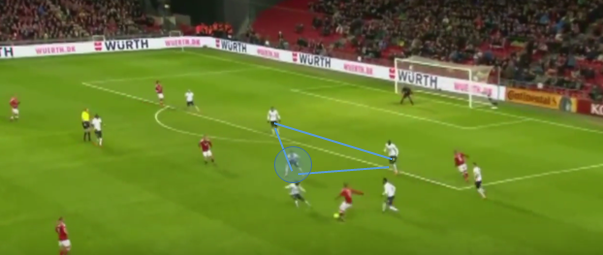
Second balls
Another important responsibility of defensive midfielder is to pick up any second balls from the centre backs if the ball is played over the midfield. That is especially important when playing against the opposition which likes to play long. The body position (side on, able to turn) as well as speed of support (in front of the opposition midfielders) is crucial.
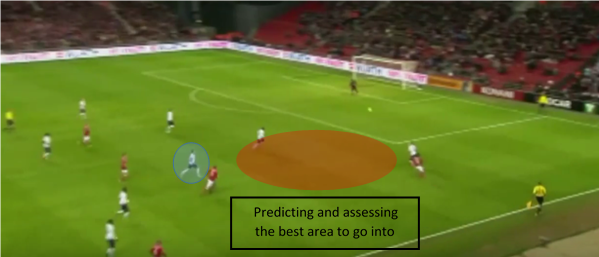
Support in wide areas
As the ball is switched between the wingers and played into wide areas, the role of the defensive midfielder is to support the pressurising player (usually wide midfielder) and screen passing options into midfield and strikers. In case the 1st defender gets beaten, defensive midfielder should be the first one to prevent the opposition from breaking through. That’s why, angles of approach, body position as well as distances are crucial.
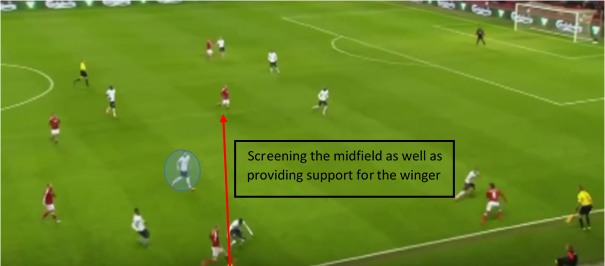
When the ball is played deeper, the gaps between full backs and centre backs will often emerge. The defensive midfielder’s responsibility is to fill them in by providing support for the full back/wide midfielder but at the same time not playing too deep, to be able to apply pressure in central areas in case the ball is played there.
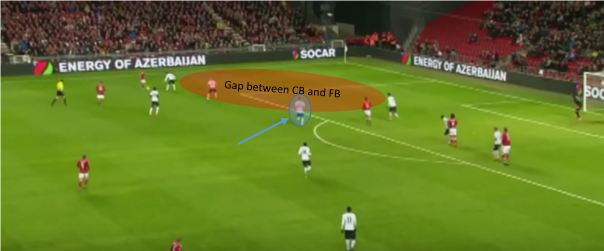
Transition to defence
The role of the defensive midfielder becomes increasingly important in transition phases as well. Because a lot of the players would be out of positions (i.e. full backs, centre midfielders), his role is to fill in those gaps and try to defend in the areas that are most vulnerable (in case the ball is played there). Therefore, it is important to assess the threats and predict what might happen if we lose the ball.
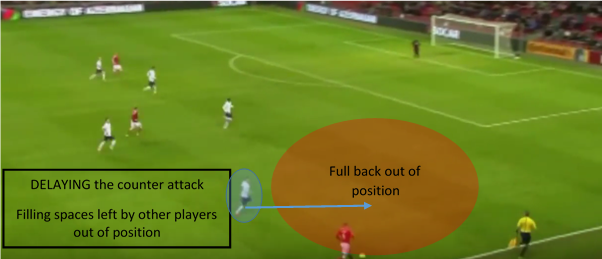
Apart from the technical and tactical capabilities presented above, the defensive midfielder should also possess certain mental attributes to be effective in the defensive phase. First of all, concentration, commitment and discipline are crucial. Apart from that, the ability to read the game as well as assess and predict are important. A great addition to that set of skills would be good communication skills and ability to influence other players.
By Alex Trukan, Development Coach, Nottingham Forest
@AlexTrukan


